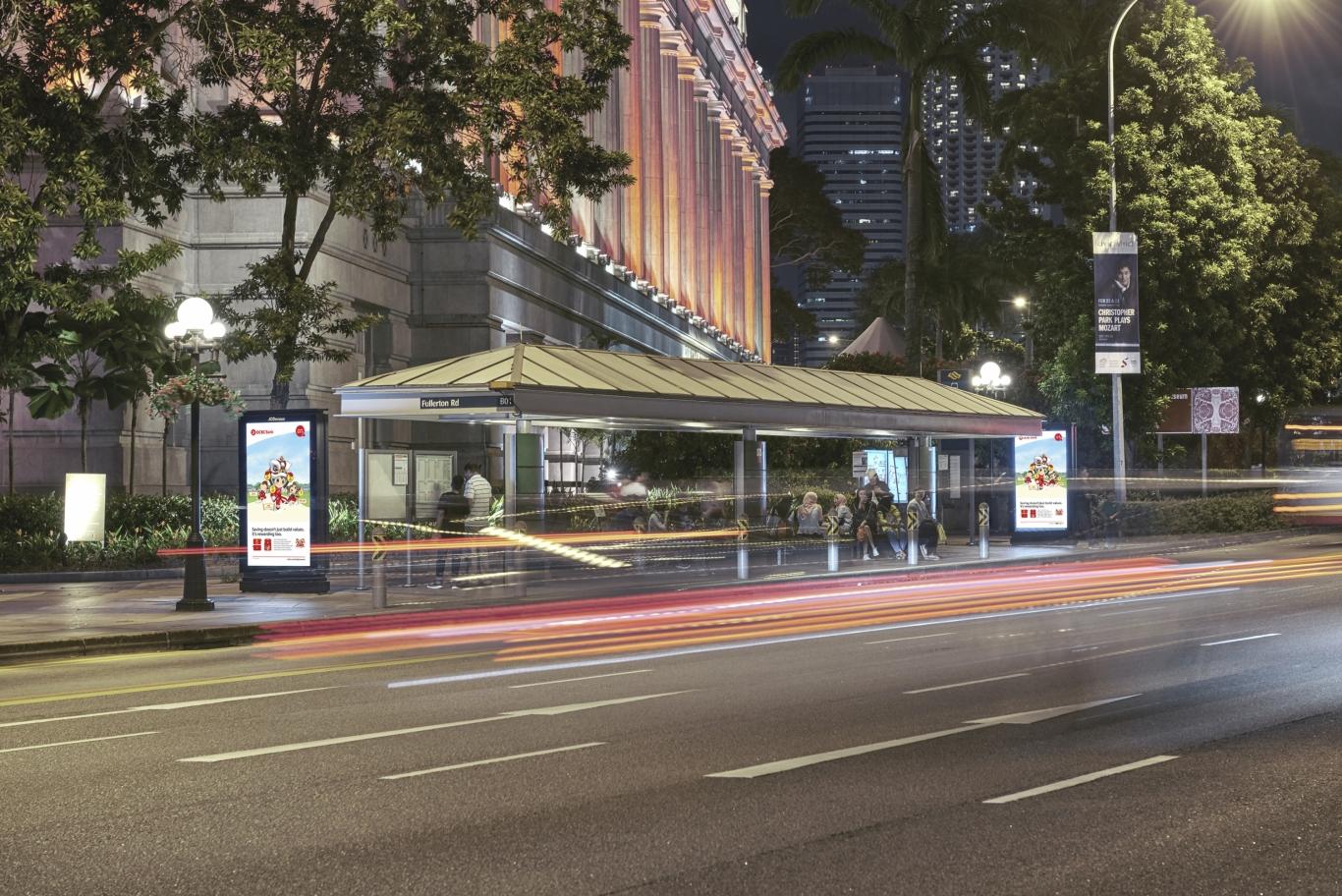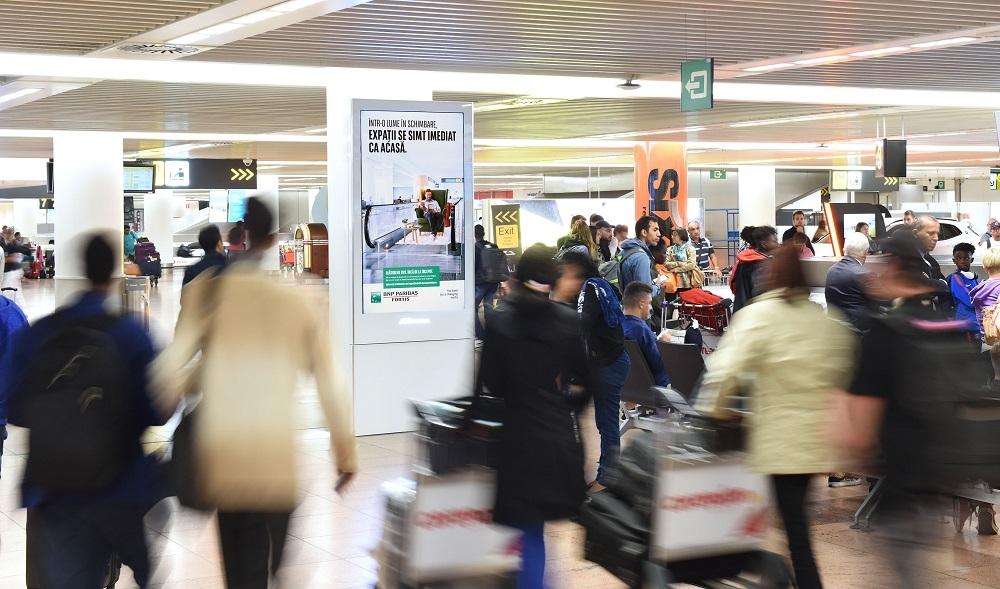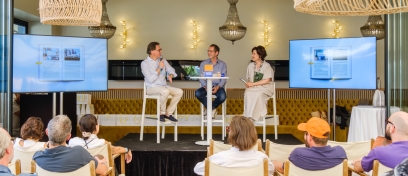For brands
Out-Of-Home and top of mind: Moving beyond panels in OOH marketing
The summary below lists the main points raised in their paper published in the Henry Stewart Publications “Applied Marketing Analytics, the Peer-Reviewed Journal”.
Within the media and advertising landscape, Out-Of-Home (OOH) is the only traditional media format to grow consistently over the last ten years (4.1% annual average growth in advertising revenues. Contributing growth factors include an increase in urbanisation (68% of the world population will live in cities by 2050), resulting in a larger OOH audience, as well as the increase in digital outdoor advertising assets (16% per year in the last five years).
The digital shift in the OOH industry has raised new concerns about the use of data and technology. In order to overcome these issues, our industry needs to adopt a data-driven strategy. This strategy must be focused around two points: accountability with better measurement metrics and integrated advertising with improved experiences throughout the consumer journey.
First, in terms of audience measurement, the OOH environment offers a wealth of data from airports, streets, train stations and shopping malls. The data includes certainfactors, including the flow of people, dwell time and the rate at which someone passes a campaign. Therefore, the measurement methodology has to be scaled to fit with the various environments. As Duminil and Pierrel state: “any insights gathered from the data must be translated into actionable insights relevant to the advertiser’s objectives”. For example, JCDecaux Singapore recently launched Streetside Audience Measurement (SAM), an in-house developed solution utilising mobility intelligence to deliver information to advertisers on the unique audience and reach of OOH media assets.

Secondly, the balance between creativity and data enables media owners and advertisers to increase brand awareness and ad recall, thanks to content customisation. The goal is to contextualise the chosen insights, personalise and improve the relevance of the content. To illustrate, JCDecaux’s digital screens at Brussels Airport broadcast messages to expatriates arriving in Belgium in their mother tongue during a campaign organised with BNP Paribas Fortis bank and Havas Media.

To take full advantage of data-driven creatives, brands should explore OOH as an effective complement to mobile advertising and technologies (NFC, QR codes, beacons, AR). A data-driven approach allows brands to understand audience behaviour better and offers new levels of services to customers. In Shanghai for example, STDecaux developed a campaign for Aldi, which allowed consumers to turn their mobile phones into a remote control and play a game on the digital screen. They were driven to the retailer’s online store at the end of this brand experience.
OOH's tranformation provides advertisers opportunities for improved brand expereince, increased brand recall and drive to purchase through data, mobile and digital innovation.
Discover more.
Within the media and advertising landscape, Out-Of-Home (OOH) is the only traditional media format to grow consistently over the last ten years (4.1% annual average growth in advertising revenues. Contributing growth factors include an increase in urbanisation (68% of the world population will live in cities by 2050), resulting in a larger OOH audience, as well as the increase in digital outdoor advertising assets (16% per year in the last five years).
The digital shift in the OOH industry has raised new concerns about the use of data and technology. In order to overcome these issues, our industry needs to adopt a data-driven strategy. This strategy must be focused around two points: accountability with better measurement metrics and integrated advertising with improved experiences throughout the consumer journey.
First, in terms of audience measurement, the OOH environment offers a wealth of data from airports, streets, train stations and shopping malls. The data includes certainfactors, including the flow of people, dwell time and the rate at which someone passes a campaign. Therefore, the measurement methodology has to be scaled to fit with the various environments. As Duminil and Pierrel state: “any insights gathered from the data must be translated into actionable insights relevant to the advertiser’s objectives”. For example, JCDecaux Singapore recently launched Streetside Audience Measurement (SAM), an in-house developed solution utilising mobility intelligence to deliver information to advertisers on the unique audience and reach of OOH media assets.

Secondly, the balance between creativity and data enables media owners and advertisers to increase brand awareness and ad recall, thanks to content customisation. The goal is to contextualise the chosen insights, personalise and improve the relevance of the content. To illustrate, JCDecaux’s digital screens at Brussels Airport broadcast messages to expatriates arriving in Belgium in their mother tongue during a campaign organised with BNP Paribas Fortis bank and Havas Media.

To take full advantage of data-driven creatives, brands should explore OOH as an effective complement to mobile advertising and technologies (NFC, QR codes, beacons, AR). A data-driven approach allows brands to understand audience behaviour better and offers new levels of services to customers. In Shanghai for example, STDecaux developed a campaign for Aldi, which allowed consumers to turn their mobile phones into a remote control and play a game on the digital screen. They were driven to the retailer’s online store at the end of this brand experience.
OOH's tranformation provides advertisers opportunities for improved brand expereince, increased brand recall and drive to purchase through data, mobile and digital innovation.
Discover more.



